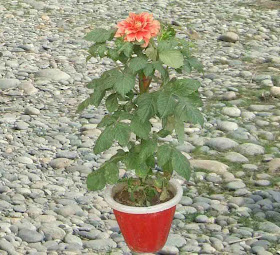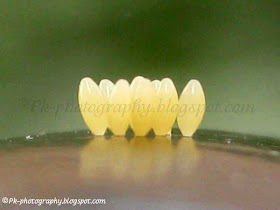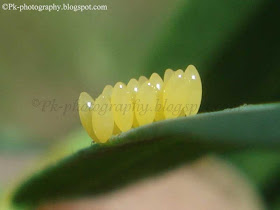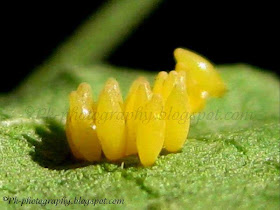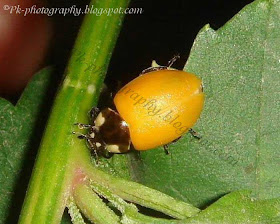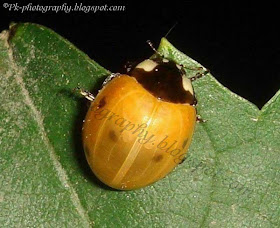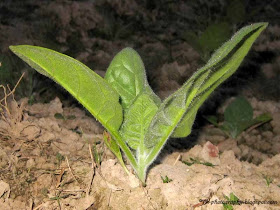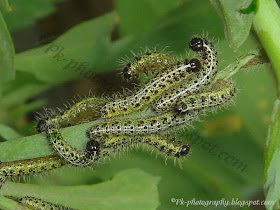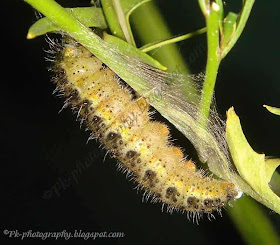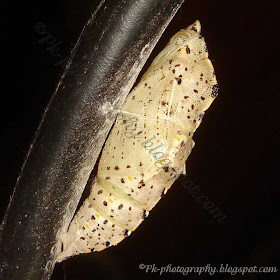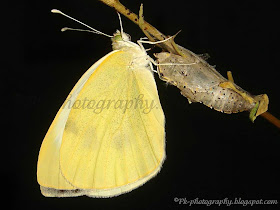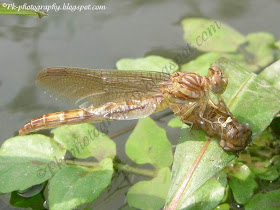If I say that I'm the only person in my locality, who take pictures of each and every creature, irrespective of whether small or big, living or non-living, then it will not be wrong. The response of older people is not encouraging, however kids take great interest in my hobby. Therefore, whenever they find some thing interesting, like a snail shell, a caterpillar, a spider or a flower they bring it to me. Below are the pictures of some abnormal eggs laid by our neighbors hen. Their kids brought them to me for possible photography and I not only took pictures of the eggs, but also decided to share them with you. The smallest of these eggs is about 23 mm long (3rd pic) and the largest is 46 mm long (2nd pic). You can see these eggs in comparison with normal egg in last picture.
Abnormal Chicken Eggs Pictures
Normal vs Abnormal Eggs










